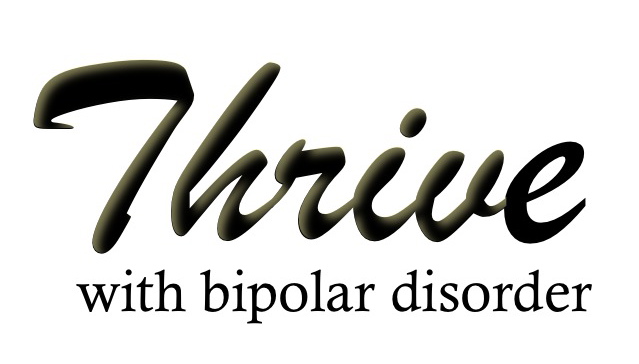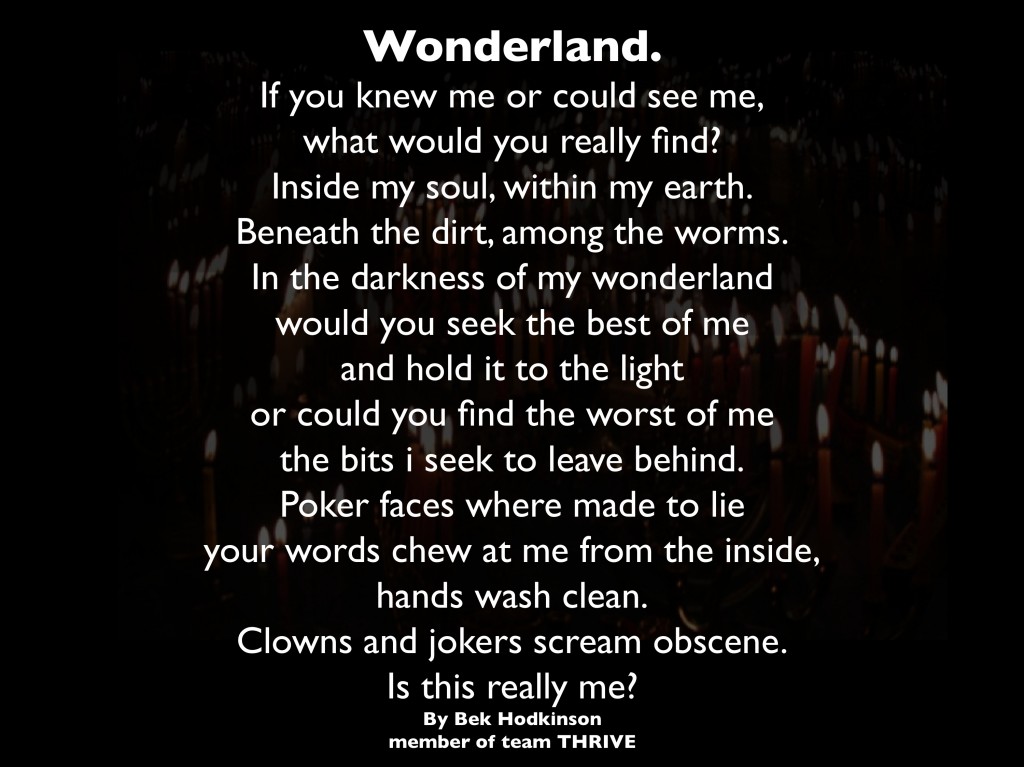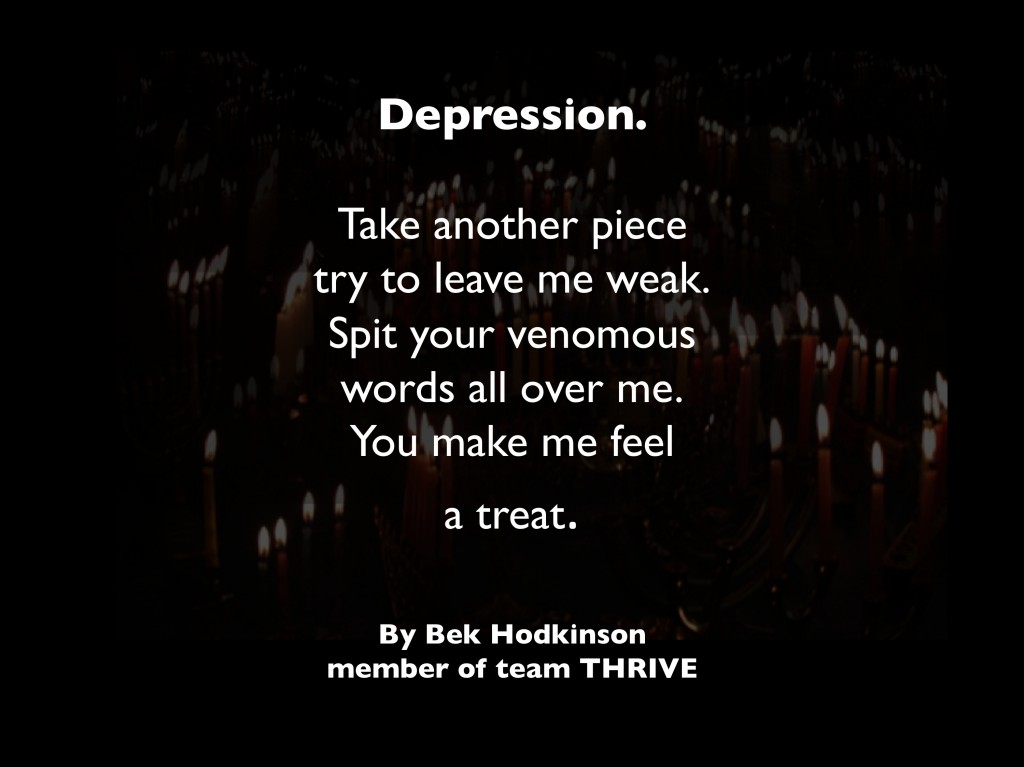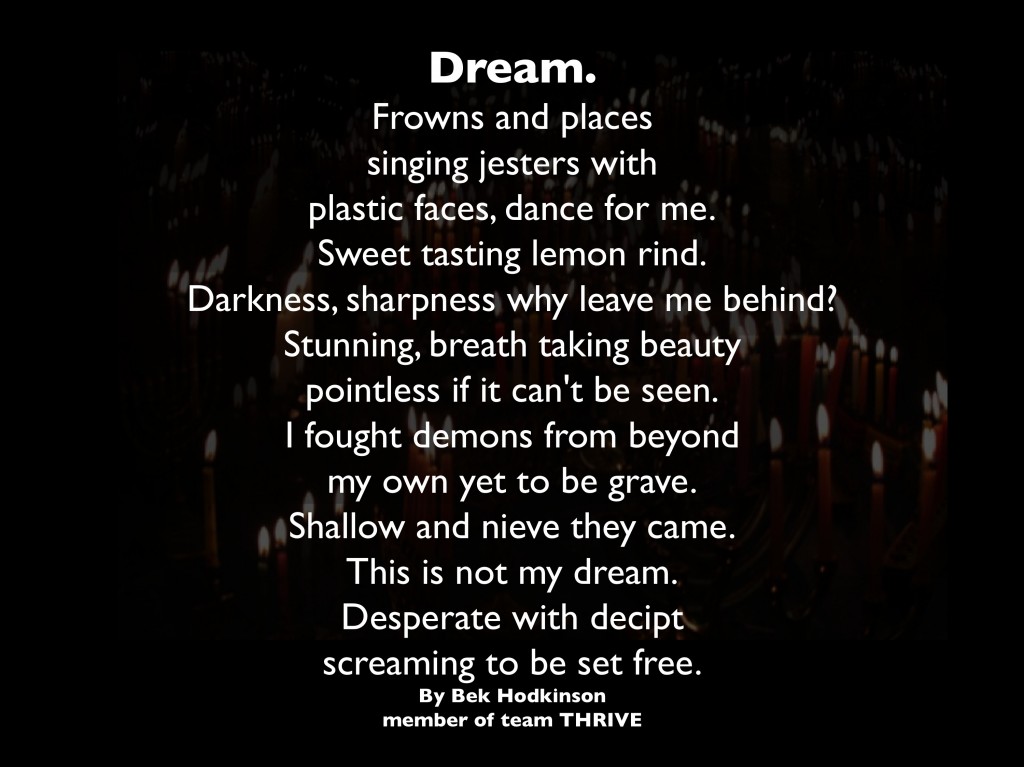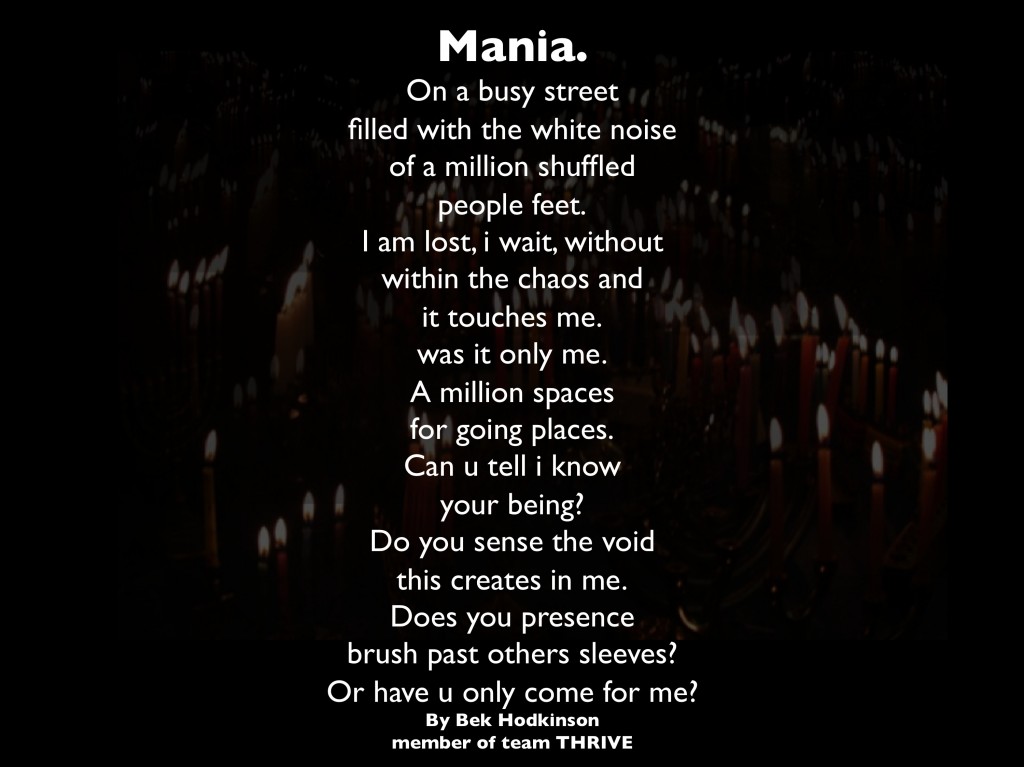[box type=”info”]
This story is for children.
The main character of this story struggles with mental illness.
SUICIDE is a subject of this story.
The purpose of this story is to create space for parents and children to have conversations about mental illness[/box]
There once was a little train, named Choo Choo.
Choo Choo had been riding along in his life taking in all the different scenery of the world from the train tracks. Choo Choo truly got to see the beauty in life.
One day, Choo Choo came to a place on the tracks where he could no longer see the tracks…they disappeared around a curve and Choo Choo could not see where the curve was going…so Choo Choo stopped and got really scared.
Choo Choo said, “I don’t know where I am going. I don’t know what I’m supposed to do. I guess I will stop.”
So Choo Choo stopped…he stopped for a few days…then a few weeks…then a month rolled around. Choo Choo just sat there wondering what it was like beyond the curve.
Choo Choo imagined all sorts of bad things.
Choo Choo heard of this thing called a CLIFF and heard horror stories of what happens to trains when they fall off of them.
Choo Choo heard of this thing called a bridge and the whole idea of crossing on a narrow path with nothing but a big fall down on both sides, scared the crap out of him.
Choo Choo is afraid of heights.
So Choo Choo waited and waited and waited at this curve on the tracks imagining all these bad things that would happen.
One day a GOAT walked over to Choo Choo, the goat’s name is “Mr. Deer”.
The GOAT, Mr. Deer, said to Choo Choo, “Hey Man, I’ve watched you here for weeks. What are you doing?”
Choo Choo said, “Well…I’m scared to go around that curve. I’m pretty sure that if I go around that curve I will fall off of a cliff.”
Mr. Deer said, “Nah man, around that curve is a field of wild flowers…there aren’t any cliffs there.”
Choo Choo said, “Really…there aren’t any cliffs?!? Are you sure…how can I believe you?”
Mr. Deer said, “Watch me, I’ll go around the curve and when I come back I’ll prove that I didn’t fall off a cliff AND I’ll have some wild-flowers.”
Mr. Deer did what he said and when he returned he returned with wild-flowers.
Choo Choo believed him. He closed his eyes and went around the curve and when he opened them, there was a field, just as the goat had said.
Choo Choo ran full steam ahead. He learned that he didn’t have to be afraid of curves any more so when he got to curves in life…he kept going! He was so happy.
But then one day, Choo Choo faced his worst nightmare EVER….

He came upon a bridge that was hundreds of feet up in the air…he began to have a panic attack.
Choo Choo didn’t know what to do…he truly believed he was going to die.
The problem with being a train is that you can’t just turn around OR go in the opposite direction. All he can do is go forward.
So Choo Choo chose to stop. He stayed frozen and unable to move for a whole YEAR.
Every day and every night for the first 6 months, he cried…telling himself, “I can’t cross that bridge, I will die.”
The last 6 months he stopped crying, he had run all out of tears and just felt numb. The only words he spoke to anyone when they tried to speak with him was, “I can’t.”
Saying “I can’t” to all the birds, butterflies, deer and goats worked…what were they going to do to him. They couldn’t get him to move….
But at the end of Choo Choo’s year of being stopped, a BIG steam train pulled up behind him and when he moved on the tracks it felt like an earthquake and when he TOOTED it could be heard across the land.
Choo Choo didn’t know it was another train. When the earth began to rumble and he heard the loud TOOT…he thought he was going to die. In fact, he wanted to die.
As the quaking and sound got closer…Choo Choo thought…”I just want to jump off the cliff!” But he couldn’t, it was just too high…he was too scared to jump.
Choo Choo felt this quaking and heard the tooting coming closer for two whole weeks.
Each day he told himself, “I want to die. Just jump off the cliff.”
He just couldn’t do it. He was too scared.
So the day came when the quaking and the tooting got so close that Choo Choo could no longer hold onto the tracks and felt that the earth was going to crumble right beneath him.
“TOOOOOOOOOOOOT TOOOOOOOOOOOOT” came from right behind him. And it was night time. Choo Choo couldn’t see anything. All he saw was this blinding light surrounding him.
TOOOOOOOOOOOOOOOOOT TOOOOOOOOOOOOOOOT”
Choo Choo didn’t know what to do. It was on top of him. All he could do was oil his wheels (it’s like peeing in your pants but for trains).
“TOOOOOOOOOOOOOOOOT TOOOOOOOOOOOOOOOOT” went on for 3 whole days…Choo Choo didn’t move. He just cried and said, “God, why am I not dead yet?”
It was silent for 3 days. The silence was even worse than the “TOOOOOOOOOOOT TOOOOOOOOOOOT”
Choo Choo truly wanted to jump off the cliff, but he couldn’t move because he was too scared to hold onto the train tracks.
On the 7th day, the Conductor from the HUGE train steps off of the train and approaches Choo Choo….
The man, whose name is Arnold, says, “What are you doing?”
Choo Choo says, “Waiting to die.”
The conductor pauses and thinks…
“I could ask him “Why?” but he’ll probably tell me a very very long story that won’t cause him to move……
….Or I can help him move.”
The conductor decides that it is not in his train’s best interests or Choo Choo’s best interest to push Choo Choo off the tracks or across the bridge even though he has the power to do it.
Instead he talks to Choo Choo for a bit and discovers that Choo Choo really wants to die because he is so scared, but just doesn’t want to fall down hundreds of feet off of a cliff.
The Conductor is in a predicament…so he thinks and thinks…
He comes back to Choo Choo and says, “Here’s what I want you to do…
You let go of the railroad. I need you to grab hold of the rail road today.”
The next day he comes back and says, “Now that you are holding onto the railroad, see that rock right there (10 feet from Choo Choo) I want you to roll to it.”
Choo Choo felt that it was a reasonable request and goal so he rolled to the rock and stopped.
Choo Choo grew so incredibly scared because now he was closer to the big fall. He began to panic.
The Conductor, Arnold, swiftly came to calm Choo Choo down. He said, “Choo Choo, you’ve got 3,000 feet of land under your wheels, you are safe. You are not falling down, just hold onto the rail.”
Choo Choo listened and held onto the rail.
The next day the Conductor said, “Choo Choo, see that bridge? I’ve been across that bridge on my train 900 times. I’ve never fallen off of it and I am a lot bigger and heavier than you. If I can cross the bridge. I know you can.”
Choo Choo’s automatic response was, “No I can’t!”
But he thought about it all day and said to himself, “Wait, what if it is possible that I won’t fall off of the bridge? What if it is possible that I can make it to the other side? Maybe then I don’t have to stay here and wait to die?”
Choo Choo sat and thought about it for 6 days.
On the 7th day, the Conductor said, “Choo Choo, it is time to cross the bridge. I won’t push you. But I will teach you how.”

The conductor said, “See that slat of wood on the tracks. That is what I want you to focus on. Focus on reaching that slat of wood. Roll your wheels until you reach that slat of wood.”
Choo Choo agreed that he would do it. And he kept his word.
The Conductor, Arnold, gave him this goal 36 more times….
On the 37th time, Arnold said, “Choo Choo, see that tree with the goat standing next to it, I want you to roll your wheels until you reach it. Choo Choo agreed and kept his word.”
The End.
